Home>Gardening & Outdoor>Landscaping Ideas>How To Plant A Raised Garden Bed
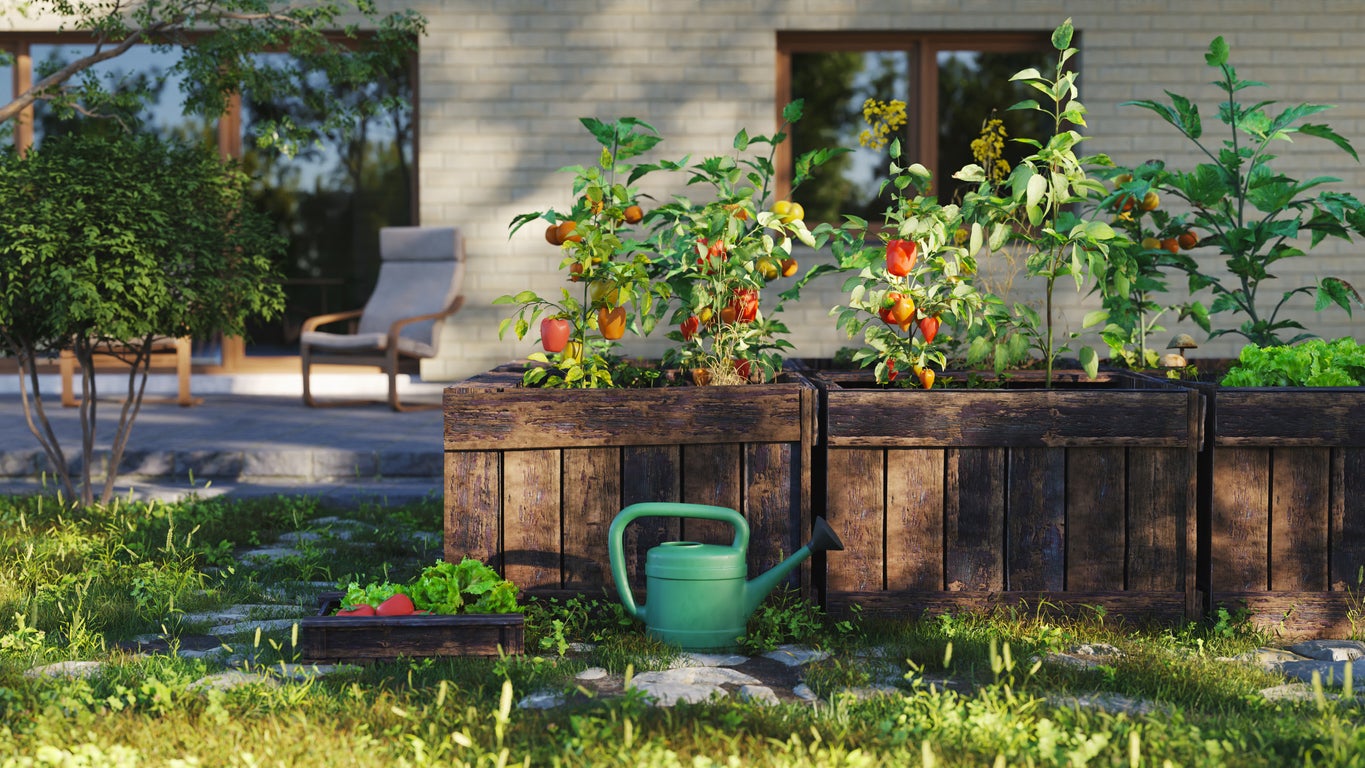

Landscaping Ideas
How To Plant A Raised Garden Bed
Modified: February 18, 2024
Learn how to plant a raised garden bed with our expert landscaping ideas. Create a beautiful and functional garden space with our step-by-step guide.
(Many of the links in this article redirect to a specific reviewed product. Your purchase of these products through affiliate links helps to generate commission for Storables.com, at no extra cost. Learn more)
Introduction
Creating a raised garden bed is an excellent way to bring life and vibrancy to your outdoor space. Whether you're a seasoned gardener or a novice with a green thumb, a raised garden bed offers numerous benefits and opportunities for cultivating a thriving garden. This elevated gardening method provides better drainage, soil quality control, and easier access for planting, weeding, and harvesting. With the right location, soil, and maintenance, your raised garden bed can yield a bountiful harvest of fruits, vegetables, herbs, or flowers.
In this comprehensive guide, we will walk you through the step-by-step process of planting a raised garden bed. From choosing the ideal location to nurturing your plants, each stage is crucial for the success of your garden. By following these steps, you can create a flourishing oasis that not only enhances the beauty of your outdoor space but also provides a sustainable source of fresh produce or a colorful display of blooms.
Let's dive into the exciting world of raised bed gardening and discover how you can turn a simple wooden or stone structure into a thriving ecosystem of natural beauty and abundance. Whether you have a spacious backyard, a cozy patio, or a sunny balcony, a raised garden bed can be tailored to fit your available space and personal preferences. So, roll up your sleeves, grab your gardening tools, and let's embark on this fulfilling journey of creating and nurturing a vibrant raised garden bed.
Key Takeaways:
- Creating a raised garden bed offers benefits like better drainage and soil control. Choose a sunny, accessible location and customize the soil for a thriving garden.
- Building and maintaining a raised garden bed involves selecting the right material, planning the layout, and implementing proper watering and maintenance practices. It’s a fulfilling journey of nurturing life and creating a vibrant outdoor oasis.
Read more: What To Plant In A Raised Garden Bed
Step 1: Choose the Right Location
Selecting the ideal location for your raised garden bed is the first crucial step in ensuring the success of your gardening endeavor. The right location can significantly impact the growth and health of your plants. Here's a comprehensive guide to help you choose the perfect spot for your raised garden bed:
Consider Sunlight Exposure
When choosing a location for your raised garden bed, consider the amount of sunlight the area receives. Most vegetables, herbs, and flowers thrive in full sunlight, which typically means at least 6-8 hours of direct sunlight per day. Take note of any nearby trees or structures that may cast shadows and obstruct sunlight. Additionally, be mindful of the changing seasons and how they might affect sunlight exposure in your chosen location.
Evaluate Soil Drainage
Assess the drainage of the area where you plan to place your raised garden bed. It's essential to avoid low-lying areas that may become waterlogged, as excessive moisture can lead to root rot and other plant diseases. Look for a spot with well-draining soil to ensure that excess water can easily escape, preventing waterlogged conditions that can harm your plants.
Accessibility and Convenience
Consider the accessibility of the location, especially if you plan to spend time tending to your garden. Choose a spot that is easily accessible for watering, weeding, and harvesting. Additionally, consider the proximity to a water source to make watering more convenient. If you have physical limitations, ensure that the location is easily reachable for maintenance and harvesting tasks.
Read more: What To Plant In Raised Garden Beds
Environmental Factors
Take into account any environmental factors that may impact plant growth, such as strong winds, extreme temperatures, or air pollution. While some plants may benefit from wind protection, others may require good air circulation. Understanding the specific environmental needs of your chosen plants will help you select a location that provides the most favorable conditions for their growth.
Space and Aesthetic Appeal
Lastly, consider the available space and the visual impact of the location. Ensure that the size of the raised garden bed fits the chosen area and complements the overall aesthetics of your outdoor space. Whether you're creating a small herb garden or a sprawling vegetable patch, the location should accommodate the size and layout of your raised garden bed while enhancing the beauty of your outdoor environment.
By carefully considering these factors, you can choose a location that provides the optimal conditions for your raised garden bed, setting the stage for a flourishing and abundant garden.
Step 2: Select the Best Soil
The selection of soil for your raised garden bed is a critical decision that directly impacts the health and productivity of your plants. Unlike traditional in-ground gardens, where the existing soil can be amended, raised beds allow you to have complete control over the composition of the soil. By choosing the best soil for your raised garden bed, you can create an optimal growing environment that promotes strong root development, nutrient uptake, and overall plant vitality.
Consider Soil Composition
When selecting soil for your raised garden bed, it's essential to consider the composition of the soil. A well-balanced soil mix typically consists of a combination of topsoil, compost, and other organic matter. Topsoil provides the foundation for the soil mix, offering essential minerals and a suitable texture for plant roots to thrive. Compost enriches the soil with organic nutrients, improves moisture retention, and enhances soil structure, creating a fertile environment for plant growth. Additionally, incorporating organic matter such as peat moss or coconut coir can further improve soil aeration and water retention, contributing to the overall health of your garden.
Read more: Why A Raised Garden Bed
Assess Drainage and Water Retention
The soil in your raised garden bed should offer excellent drainage while retaining adequate moisture for plant uptake. Proper drainage is crucial for preventing waterlogged conditions that can lead to root rot and other plant diseases. A well-draining soil mix allows excess water to escape, ensuring that plant roots remain healthy and oxygenated. At the same time, the soil should have sufficient water retention capacity to keep plants hydrated between watering sessions. Balancing drainage and water retention is key to creating an optimal growing medium that supports healthy plant growth.
pH Levels and Nutrient Availability
Understanding the pH levels and nutrient availability of your soil is essential for cultivating a thriving garden. Most plants thrive in a slightly acidic to neutral pH range, typically between 6.0 and 7.0. Testing the pH of your soil and making necessary adjustments ensures that plants can effectively absorb essential nutrients from the soil. Additionally, incorporating organic fertilizers or amendments rich in nitrogen, phosphorus, and potassium can further enhance the nutrient profile of the soil, providing the necessary elements for robust plant growth and bountiful harvests.
Consider Local Soil Conditions
When selecting soil for your raised garden bed, consider the local soil conditions and climate. If the native soil in your area is heavy clay or sandy, creating a raised bed with a well-balanced soil mix allows you to overcome these challenges and provide an optimal growing environment for your plants. By customizing the soil composition to suit your specific local conditions, you can ensure that your plants have the best possible start for healthy growth and abundant yields.
By carefully selecting and preparing the best soil for your raised garden bed, you can lay a solid foundation for a thriving and productive garden. The right soil composition, combined with proper watering and maintenance, sets the stage for a flourishing oasis of greenery and abundance in your outdoor space.
Step 3: Build the Raised Garden Bed
Building the raised garden bed is an exciting and essential step in creating a thriving garden oasis. This process involves constructing the physical structure that will contain and support the soil, providing a designated space for planting and nurturing your chosen crops. Whether you opt for a wooden, metal, or stone material, the construction of the raised bed sets the stage for a successful gardening experience.
Read more: What Is A Raised Garden Bed
Choose the Right Material
When building a raised garden bed, the choice of material is a crucial consideration. Wood, particularly untreated cedar or redwood, is a popular and versatile option due to its natural resistance to decay and its aesthetic appeal. Other options include metal or composite materials, each with its unique benefits and visual characteristics. Consider the durability, sustainability, and visual impact of the material to ensure that it aligns with your gardening goals and complements the overall aesthetics of your outdoor space.
Determine the Size and Height
The size and height of the raised garden bed are important factors to consider during the construction phase. The dimensions of the bed should accommodate the space available for gardening while providing ample room for plant roots to spread and thrive. Additionally, the height of the bed should be comfortable for tending to your plants, minimizing the need for excessive bending or kneeling during maintenance tasks. A typical raised bed height ranges from 6 to 12 inches, although deeper beds may be suitable for certain crops or gardeners with mobility considerations.
Construct the Frame
Once you have selected the material and determined the size and height of your raised garden bed, it's time to construct the frame. Whether assembling pre-cut pieces or building from scratch, ensure that the frame is sturdy and level to support the weight of the soil and plants. Secure the corners and joints to prevent shifting or warping over time, creating a stable and reliable structure that will endure the seasons and provide a nurturing environment for your garden.
Prepare the Site
Before filling the raised garden bed with soil, it's essential to prepare the site to ensure optimal growing conditions for your plants. Clear the area of any debris, rocks, or weeds, and consider laying a weed barrier at the bottom of the bed to prevent weed growth and promote healthy root development. Additionally, leveling the ground beneath the bed and providing adequate drainage will contribute to the long-term success of your garden.
Read more: How To Seal A Raised Garden Bed
Customize and Personalize
As you build your raised garden bed, consider customizing and personalizing the design to reflect your gardening style and preferences. Incorporate trellises for climbing plants, add decorative elements, or paint the exterior to complement your outdoor decor. By infusing your personality into the design, you can create a visually appealing and functional raised bed that brings joy and inspiration to your gardening experience.
By following these steps and considerations, you can build a raised garden bed that serves as the cornerstone of your gardening journey. The construction process sets the stage for a flourishing and abundant garden, providing a nurturing environment for your plants to thrive and bloom. With the raised bed in place, you are ready to embark on the next exciting phase: planting your garden and watching it come to life.
Step 4: Planting Your Garden
Planting your garden is an exhilarating and pivotal phase in the journey of nurturing a raised garden bed. This step marks the transition from preparation to action, as you carefully select and place the seeds or seedlings that will soon flourish into a vibrant tapestry of greenery and blooms. Whether you're cultivating a vegetable patch, an herb garden, or a colorful array of flowers, the planting process sets the stage for the growth and abundance that will grace your outdoor space.
Plan Your Layout
Before delving into the physical act of planting, take a moment to plan the layout of your garden. Consider the mature size of your chosen plants, their sunlight and spacing requirements, and any companion planting strategies that can benefit their growth. By strategically arranging your plants within the raised bed, you can optimize space, sunlight exposure, and aesthetic appeal, creating a harmonious and productive garden layout.
Prepare the Soil
As you prepare to plant, ensure that the soil in your raised garden bed is well-prepared and enriched with nutrients. Gently loosen the soil surface and incorporate organic matter such as compost or aged manure to provide a fertile foundation for your plants. This step not only enhances the soil's nutrient content but also improves its texture and water retention capacity, creating an ideal environment for root establishment and growth.
Read more: Best Raised Bed Soil For Your Pet Plants
Select and Place Your Plants
Carefully select the seeds or seedlings that align with your gardening goals and preferences. Whether you're sowing seeds directly into the soil or transplanting young plants, handle them with care and attention, ensuring that they are positioned at the appropriate depth and spacing. As you place each plant into the soil, envision the future growth and beauty it will contribute to your garden, and gently pat the soil around the roots to provide stability and support.
Water and Nourish
After planting, give your garden a gentle watering to settle the soil around the roots and provide essential hydration to the newly placed plants. As you water, observe the moisture absorption and adjust as needed to ensure that the soil is adequately moist but not waterlogged. Consider incorporating a natural, organic fertilizer to provide an initial boost of nutrients, supporting the plants as they acclimate to their new environment and begin their journey of growth.
Monitor and Tend
Once your garden is planted, dedicate time to monitor and tend to the emerging seedlings or transplants. Keep an eye on their progress, observing their response to the environment and making adjustments as necessary. Regularly water, weed, and provide any necessary support or protection to ensure that your plants have the best possible start in their new home.
By following these steps and infusing your care and attention into the planting process, you set the stage for a thriving and abundant garden. Each seed or seedling represents the potential for a bountiful harvest, a fragrant herb collection, or a colorful display of blooms, and your nurturing touch will guide them toward their full expression of vitality and beauty. As you witness the garden coming to life, you'll find joy and fulfillment in the transformation of your raised bed into a flourishing oasis of natural abundance.
Step 5: Watering and Maintenance
Watering and maintenance are essential aspects of caring for your raised garden bed, ensuring that your plants receive the necessary hydration, nutrients, and attention to thrive and flourish. By implementing proper watering techniques and proactive maintenance practices, you can create an optimal environment for healthy plant growth and abundant yields.
Read more: How To Prepare A Raised Garden Bed
Establish a Watering Routine
Developing a consistent watering routine is crucial for the well-being of your garden. The frequency and amount of water needed may vary depending on factors such as plant species, weather conditions, and soil composition. Generally, it's best to water your garden in the early morning or late afternoon to minimize water loss through evaporation and to allow foliage to dry before evening, reducing the risk of fungal diseases. Observing the moisture levels in the soil and the appearance of your plants can guide you in adjusting your watering schedule to meet their specific needs.
Monitor Soil Moisture
Regularly monitor the moisture levels in the soil to ensure that your plants are receiving adequate hydration. Inserting your finger into the soil can help you gauge the moisture content, as can using a soil moisture meter. Aim to maintain consistent moisture levels, avoiding both drought stress and waterlogged conditions. Adjust your watering frequency and duration based on the seasonal weather patterns and the specific requirements of your plants, providing them with the ideal growing conditions for robust and healthy development.
Mulching for Moisture Retention
Applying a layer of organic mulch, such as straw, wood chips, or compost, around your plants can significantly contribute to moisture retention in the soil. Mulch acts as a protective barrier, reducing water evaporation, regulating soil temperature, and suppressing weed growth. Additionally, as the mulch breaks down, it enriches the soil with organic matter, further enhancing its fertility and structure. By incorporating mulching into your maintenance routine, you can conserve water, promote soil health, and create a favorable environment for your plants to thrive.
Weed Control and Soil Care
Regular weeding is essential for maintaining a healthy garden bed, as weeds compete with your plants for water, nutrients, and sunlight. By diligently removing weeds and preventing their establishment, you can minimize their impact on your garden's vitality. Additionally, periodically aerating the soil, inspecting for pests or diseases, and replenishing nutrients through organic fertilizers or compost contribute to the overall well-being of your garden. By staying proactive in weed control and soil care, you create an environment where your plants can flourish without unnecessary competition or stress.
Read more: How To Start A Raised Bed Garden
Adjust and Adapt
As your garden evolves and responds to changing environmental conditions, be prepared to adjust your watering and maintenance practices accordingly. Observing the growth patterns, foliage appearance, and overall health of your plants can guide you in fine-tuning your care routine. By remaining attentive and responsive to the needs of your garden, you can provide personalized care that fosters resilience and vitality, ensuring that your raised bed becomes a thriving ecosystem of natural beauty and abundance.
By incorporating these watering and maintenance practices into your gardening routine, you can nurture a flourishing and productive raised garden bed. Your attentive care and proactive approach will create an environment where your plants can thrive, yielding a bountiful harvest, a fragrant herb collection, or a colorful display of blooms. As you tend to your garden with dedication and mindfulness, you'll witness the transformative power of nurturing life and creating a vibrant oasis in your outdoor space.
Conclusion
In conclusion, the journey of planting a raised garden bed is a fulfilling and rewarding endeavor that offers a multitude of benefits for both gardeners and their outdoor spaces. From the initial selection of the perfect location to the careful nurturing of plants through watering and maintenance, each step contributes to the creation of a thriving ecosystem within the raised bed.
As the raised garden bed takes shape, it becomes a focal point of natural beauty and abundance, offering a sustainable source of fresh produce, a fragrant herb sanctuary, or a colorful display of blooms. The elevated gardening method provides numerous advantages, including better soil quality control, improved drainage, and easier access for planting, weeding, and harvesting.
By carefully considering factors such as sunlight exposure, soil composition, and environmental conditions, gardeners can create an optimal growing environment for their plants. The thoughtful selection of soil, the construction of the raised bed, and the strategic planting of seeds or seedlings lay the foundation for a flourishing garden that will grace the outdoor space with vitality and charm.
As the garden matures and responds to attentive care, it becomes a living testament to the nurturing touch of the gardener. The joy of witnessing the growth and transformation of the plants, from tender seedlings to robust producers, is a testament to the power of nature and the dedication of the gardener.
Ultimately, the raised garden bed becomes more than a mere gardening space; it becomes a sanctuary of life, a source of sustenance, and a haven of natural beauty. It fosters a deeper connection to the earth, a greater appreciation for the cycles of growth and renewal, and a sense of fulfillment derived from nurturing and witnessing the abundance of nature.
In the end, the journey of planting a raised garden bed transcends the act of gardening; it becomes a journey of creativity, mindfulness, and the celebration of life. It is a journey that invites individuals to cultivate not only plants but also a deeper connection to the natural world and the simple yet profound joys of tending to a thriving garden.
Frequently Asked Questions about How To Plant A Raised Garden Bed
Was this page helpful?
At Storables.com, we guarantee accurate and reliable information. Our content, validated by Expert Board Contributors, is crafted following stringent Editorial Policies. We're committed to providing you with well-researched, expert-backed insights for all your informational needs.
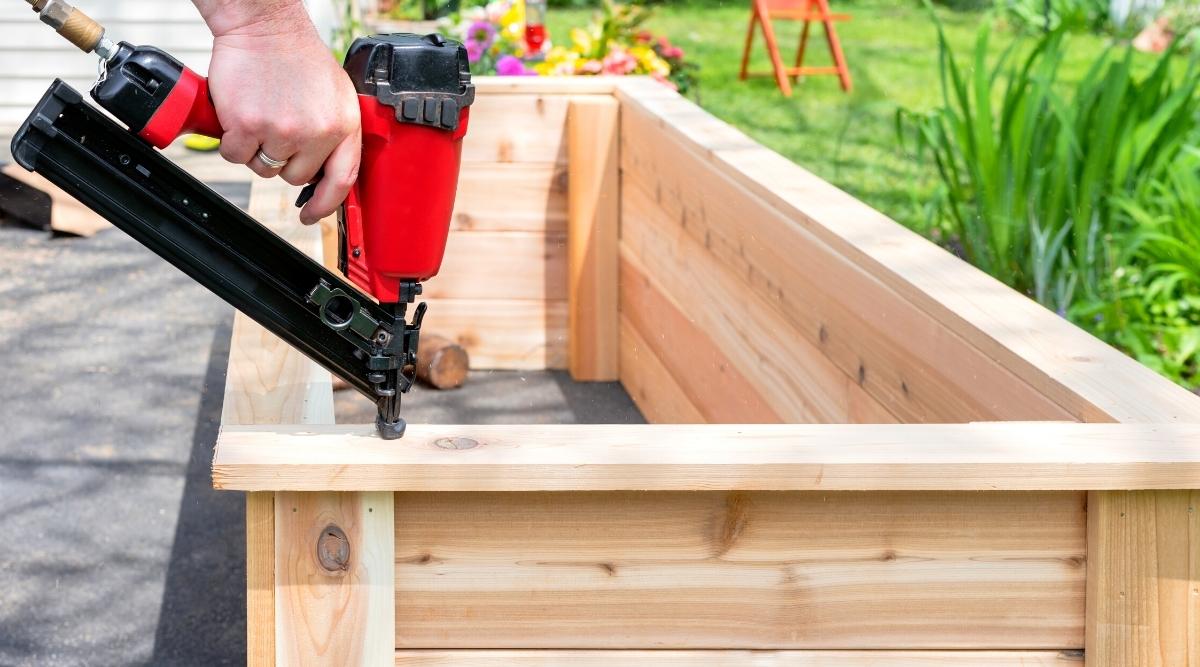
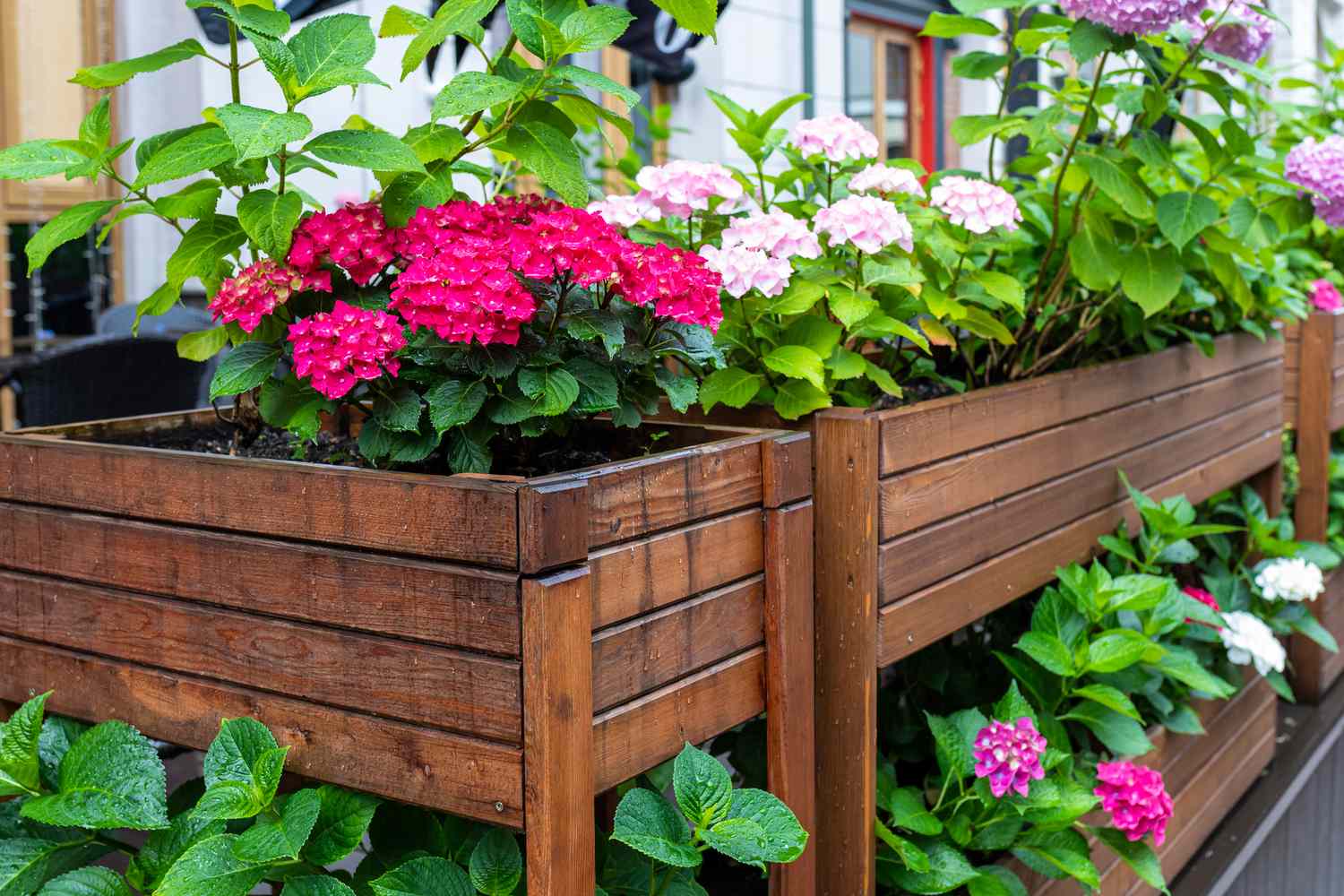
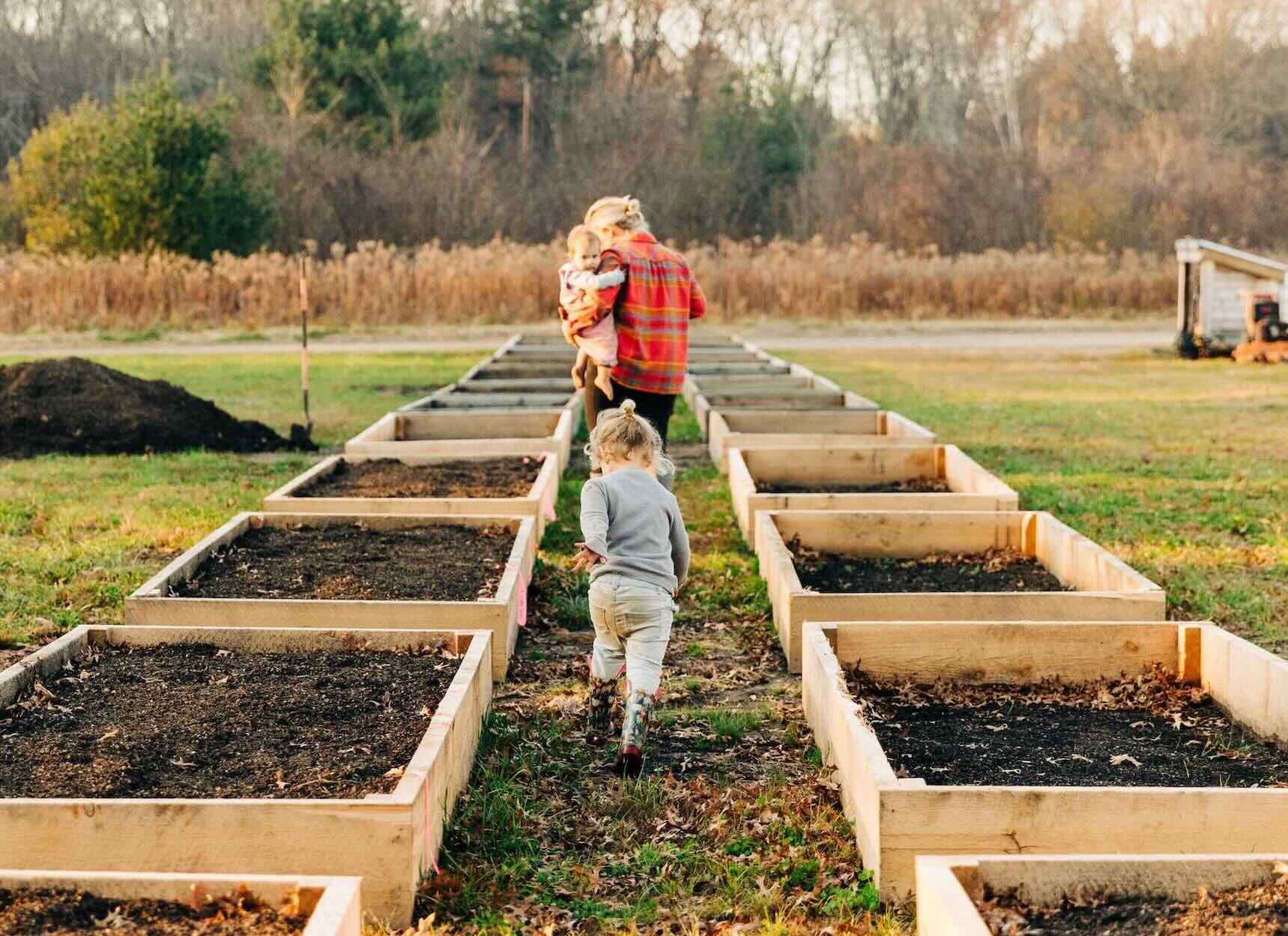
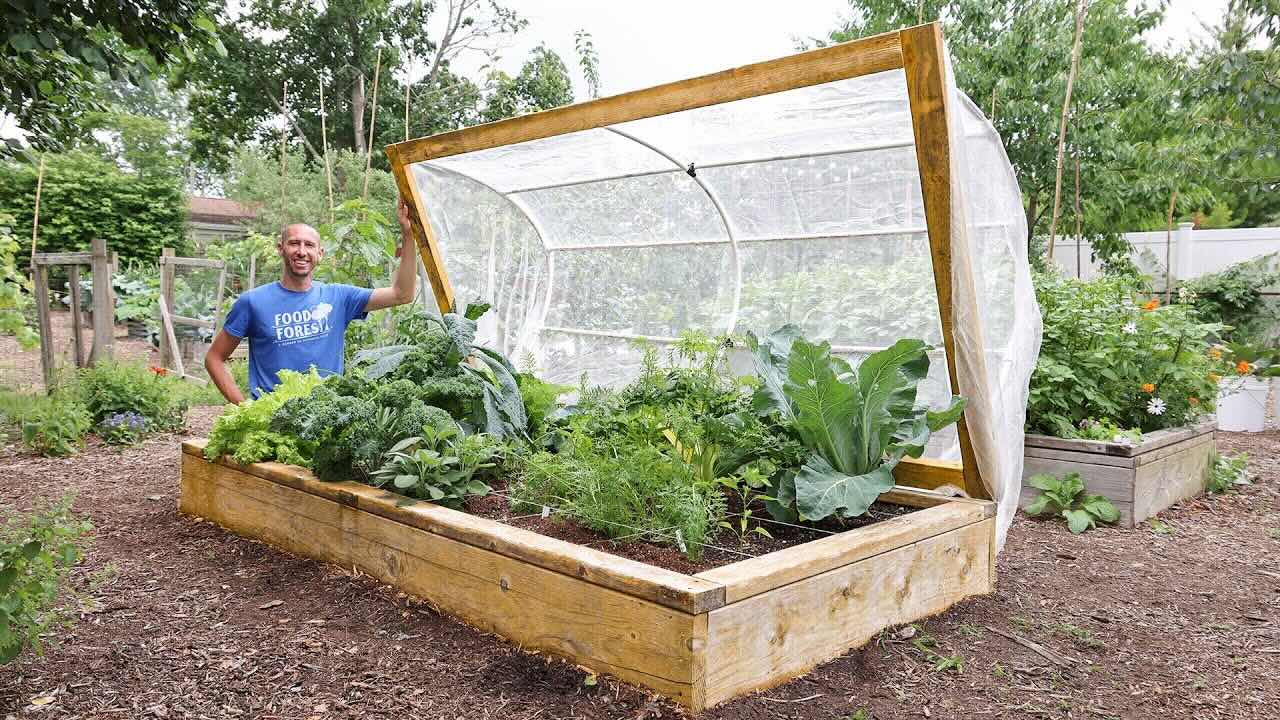
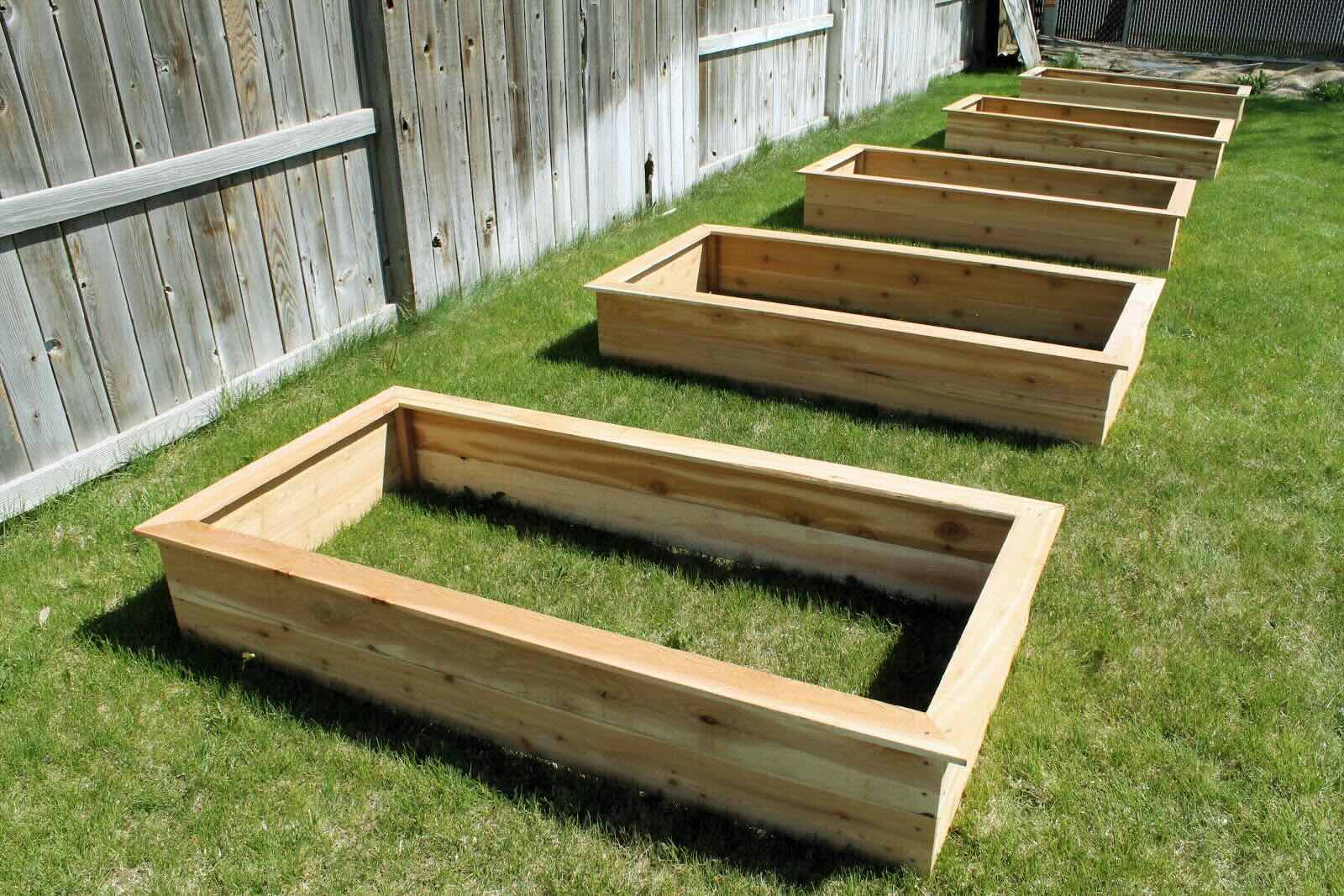
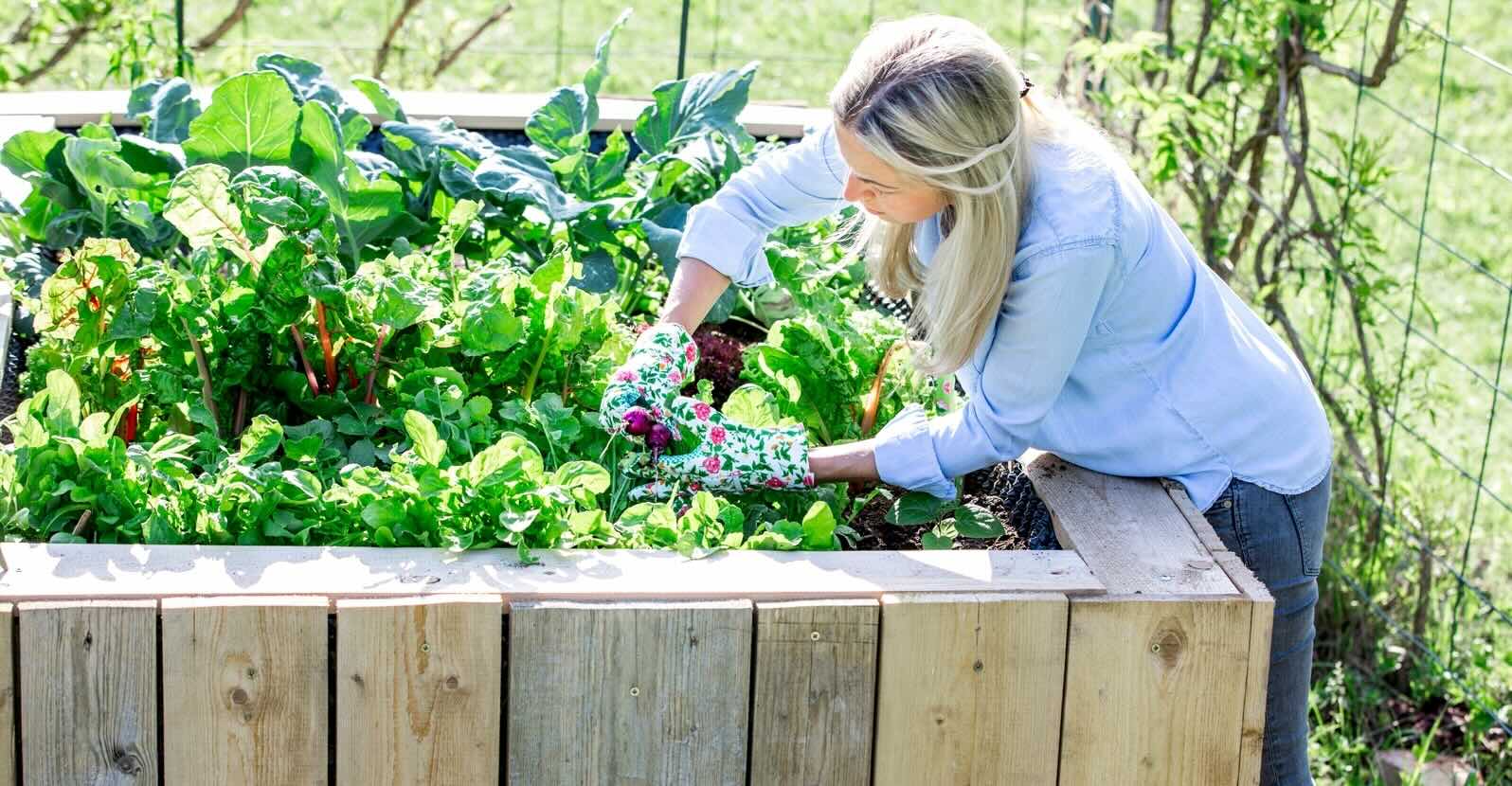
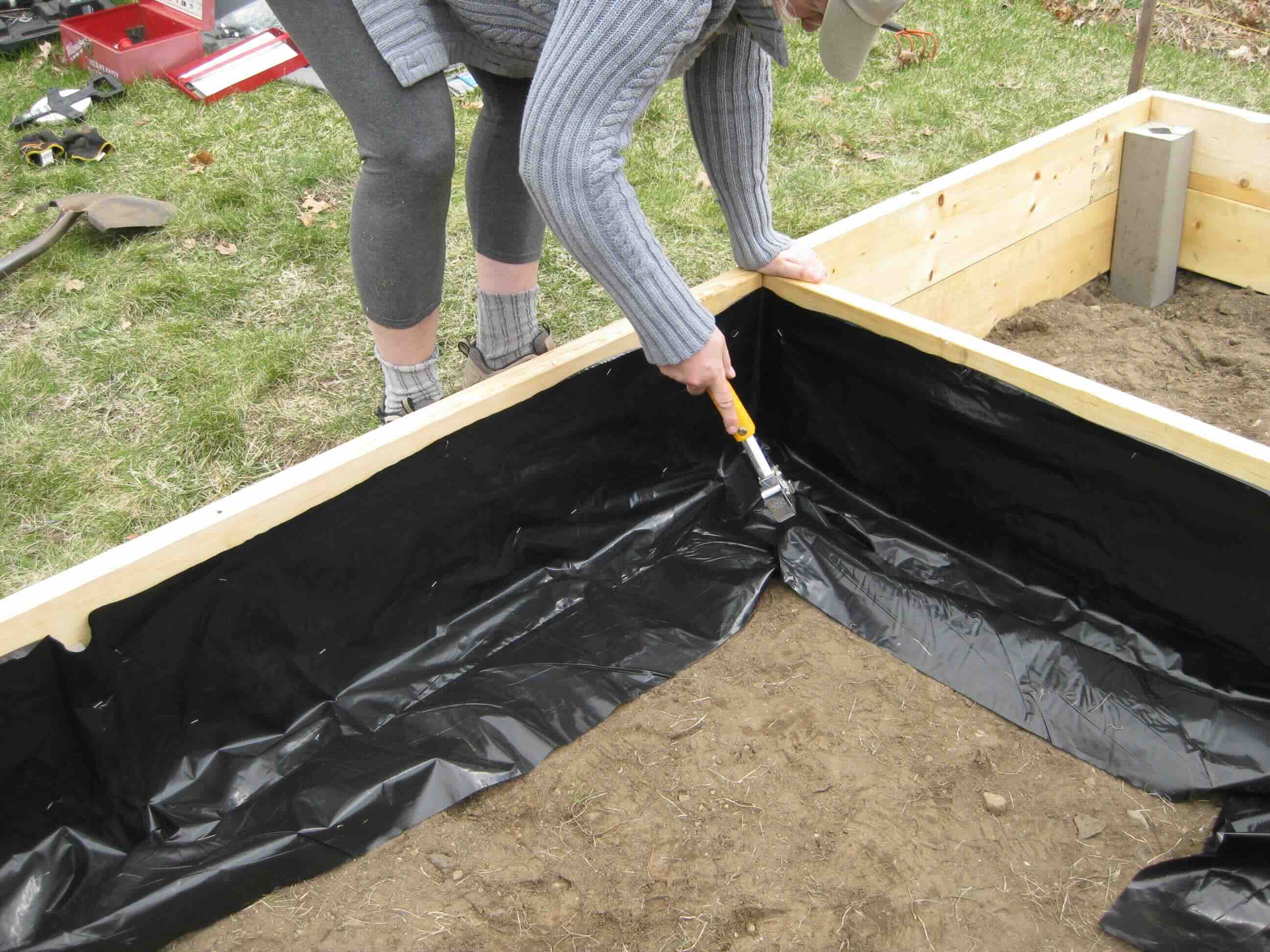
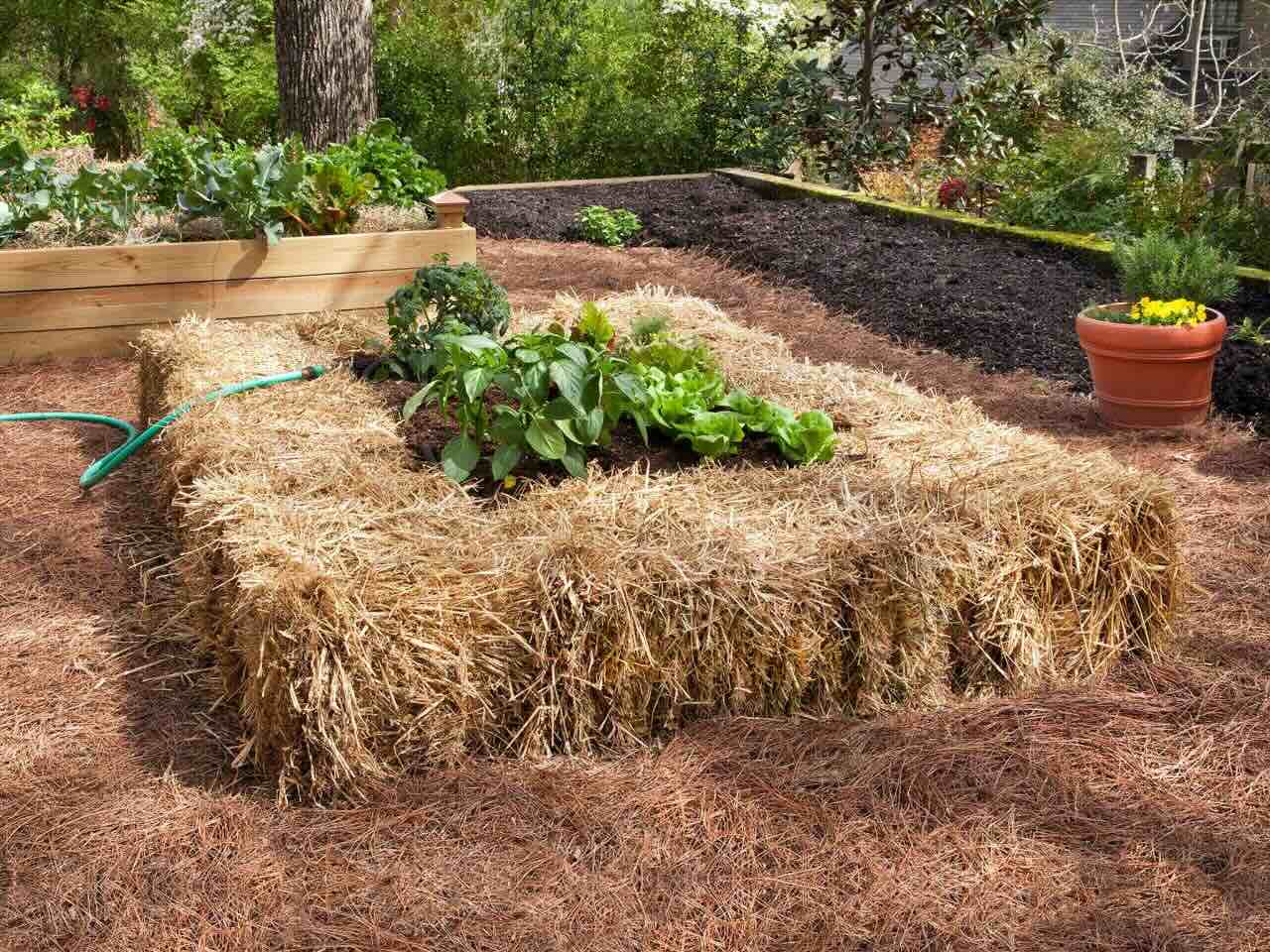

0 thoughts on “How To Plant A Raised Garden Bed”